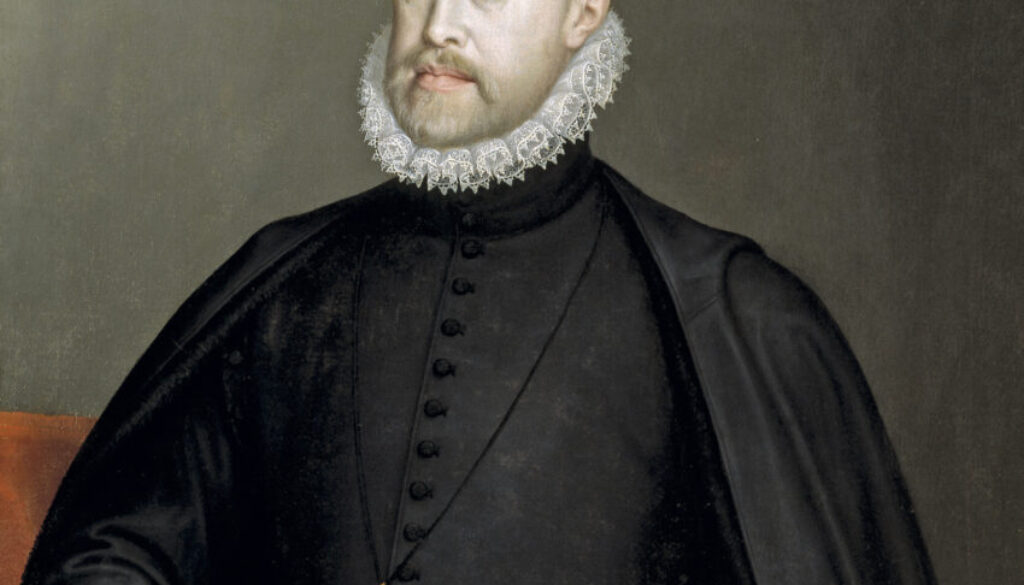The Three Henrys and the Spanish Armada
I’ve written several entries about The Armada by Garrett Mattingly because it is a prodigious work of scholarship, and, unlike so very very many prodigious works of scholarship, this is a ripping good read. Not surprisingly it won the Pulitzer Prize and it was a Book-of-the-Month Club selection.
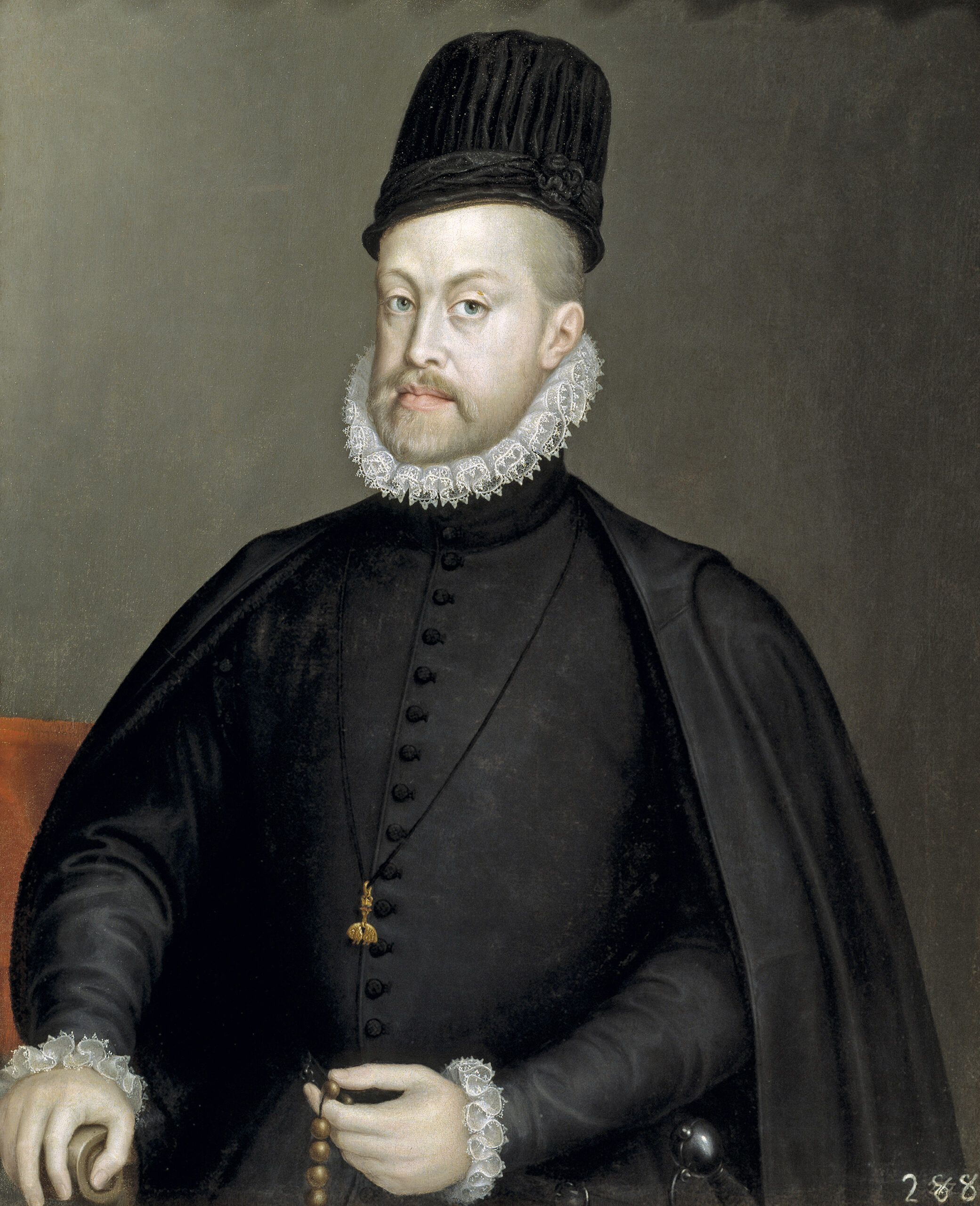
You get to know Philip II of Spain from his letters and his marginal notations on diplomatic reports and from people who were there. I also learned a lot I didn’t know about Elizabeth I, and she’s one of my greatest heroes.
Elizabeth’s predecessor, Mary I, had 280 people burned alive and hanged and beheaded countless others in an effort to restore the Catholic Church in England. She was married to Philip II of Spain. Thankfully, Mary died in 1558.
It’s usually a mistake to pick out the good guys and the bad guys in historical conflicts, but when one side advocates burning people alive for their own good, I don’t have any trouble doing so.
Elizabeth I took over and had a bunch of tedious churchmen draw up a list of 35 or so articles, and if everybody signed off on them we could stop killing each other in hideous ways and go back to living in peace. And of course the 35 articles were so long and boring that no one ever bothered to read them.
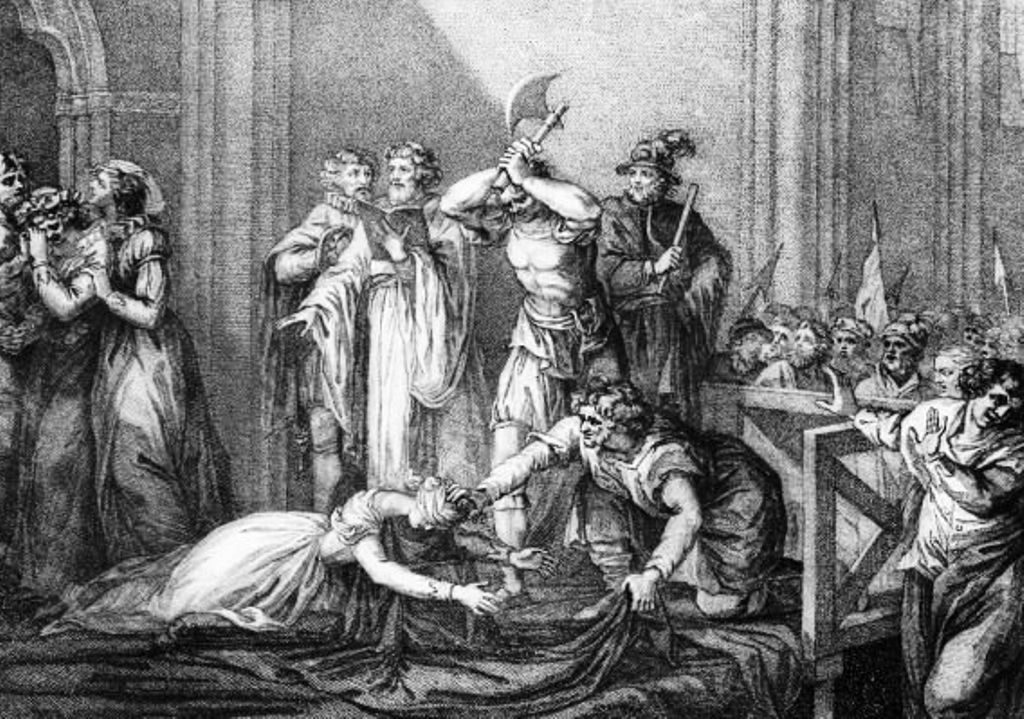
In my view that’s a brilliant bit of statesmanship that proved a tremendous benefit to humanity.
Mattingly explains why the execution of Mary Queen of Scots, cousin to Mary I and Elizabeth, triggered the launching of the Armada. MQS was a Catholic and was next in line to the throne, so Philip knew that if Elizabeth died, England would be Catholic again.
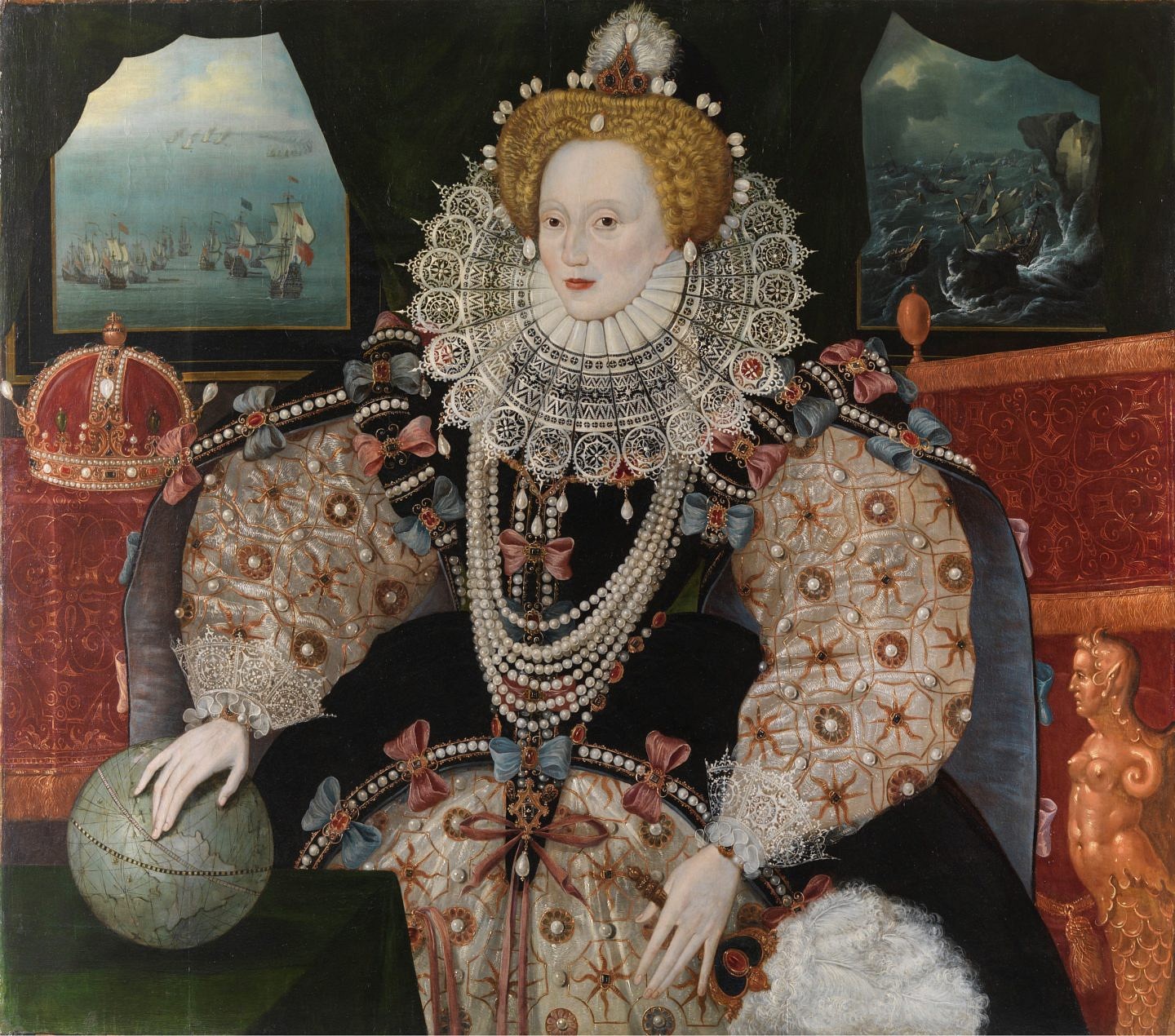
But MQS was constantly plotting against Elizabeth and had to be done away with. And that meant the next in line for the throne was Mary’s son James VI of Scotland, who was a Protestant.
During the build-up to the war in the Channel, Mattingly explains, Elizabeth was under pressure from her councilors to crack down (more than usual) on English Catholics, but she didn’t. There were English Catholic churchmen in Rome ready to take over, and we meet some of them, but Elizabeth didn’t take any repressive measures. She trusted the people of England, and it worked out well.
Much of the book is actually about what was happening in France. Why? Well if Philip was going to send the Duke of Parma’s army to England, he had to be sure that France would not take over the Spanish possessions in what is now Belgium, which were their base of operations for fighting the Dutch Revolt, which began 20 years before the Armada and continued for decades afterward.
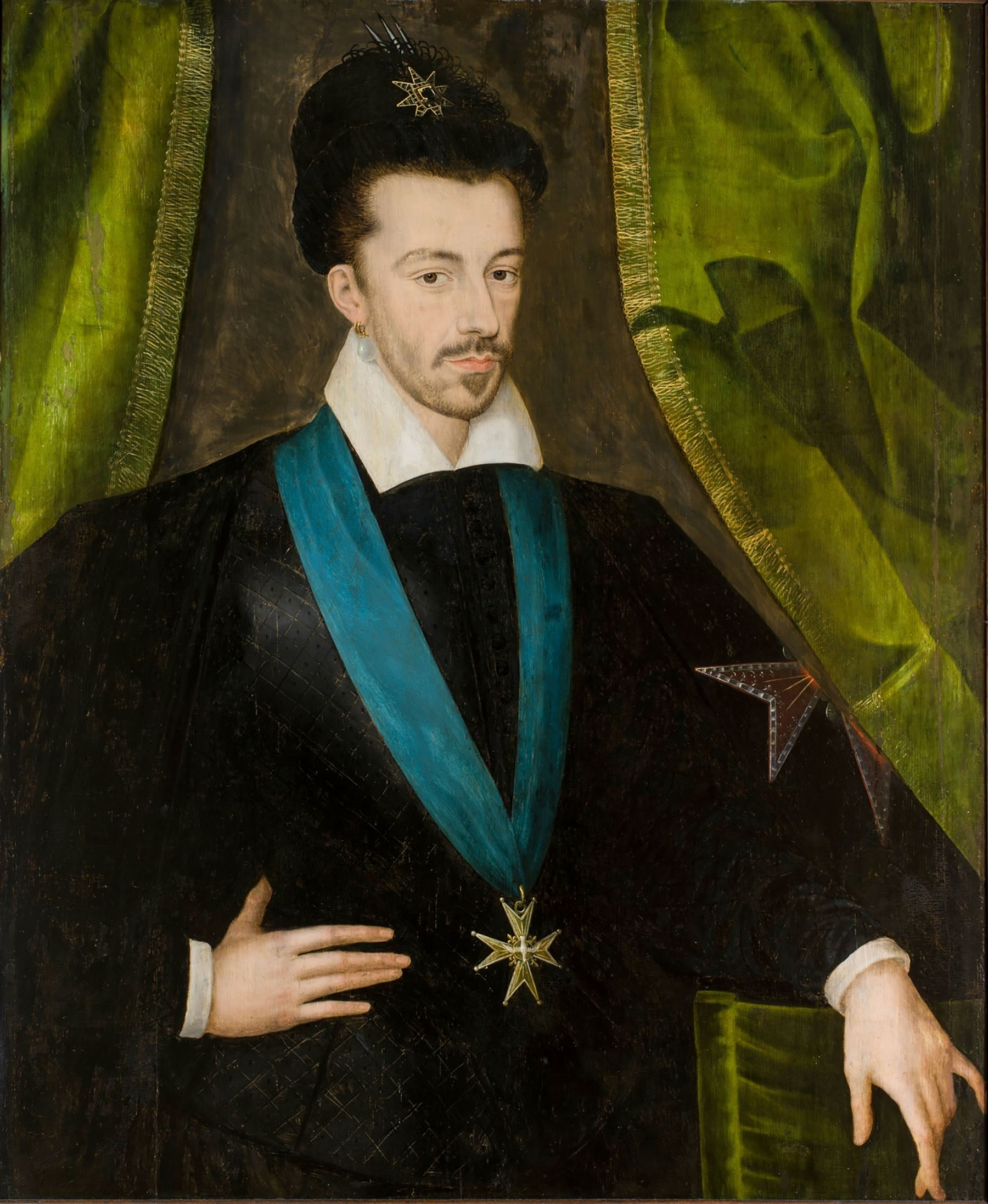
The crafty Bernardino de Mendoza is Spain’s ambassador to France and he had been kicked out of England for endangering the realm, and he’s hankering to return at the head of a Spanish army. He keeps pressure on French King Henry III of Valois by organizing and funding the Catholic League, led by Henry of Guise, to prevent any action against Spain.
Just to complicate matters, the next in line to the French throne was the third Henry, Henry of Navarre, who was a Protestant.
Henry of Valois and his mother, Catherine de Medici, had been for all-out war against the Protestants and had ordered the Bartholomew’s Day Massacre in 1572, but lately had lately been in favor of negotiation in view of the Protestant’s strong defensive position and the kingdom’s precarious financial position.
Valois would have liked nothing more than to attack France’s ancestral enemies, the Spanish, in the Low Countries, so we see Bernardino’s clever machinations to keep him in line by supporting Henry of Guise and the Catholic League.
The people of Paris mocked the king for his attachment to fruity male courtiers, which for them explained why he had no heirs, and the preachers of the city denounced his tepid defense of the true religion. And they all adored Henry of Guise.
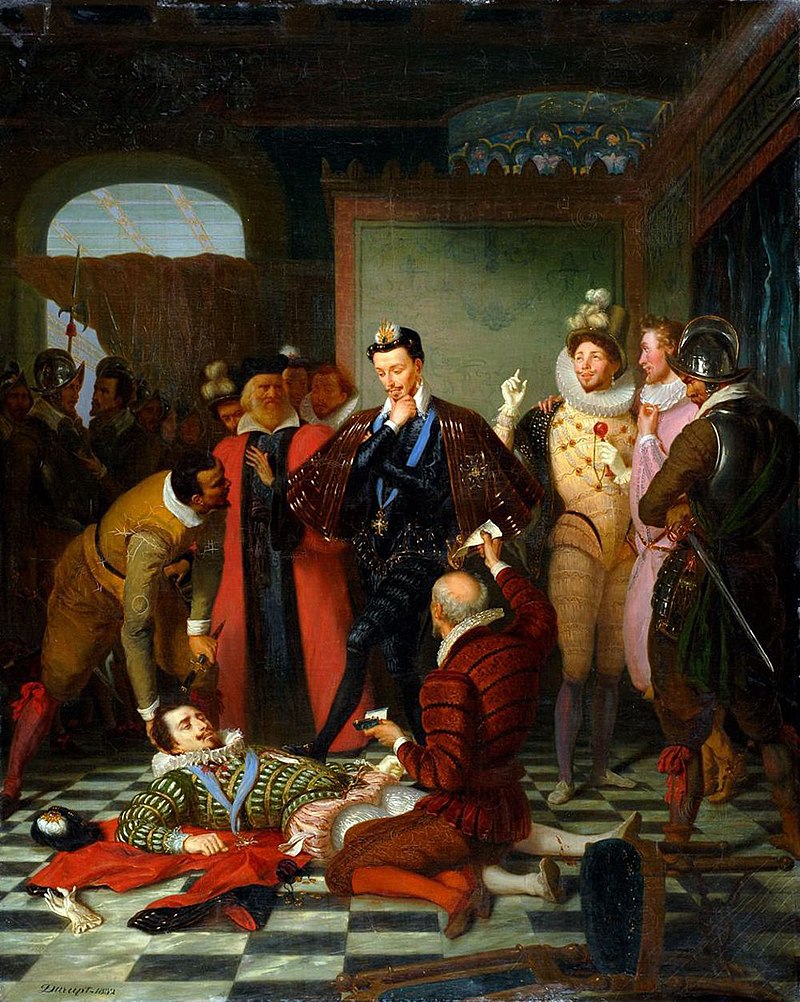
So, to make a long story a little bit shorter, after the defeat of the Armada, Henry of Valois has Henry of Guise murdered in an antechamber of his palace. The king looked down on the sprawled body of his rival and said, “How tall he is! I had not thought he was so tall. He is even taller dead than alive.”
Seven months later, Henry of Valois was assassinated and Henry of Navarre became king.
It’s a great story and Mattingly tells it much better than I do.
